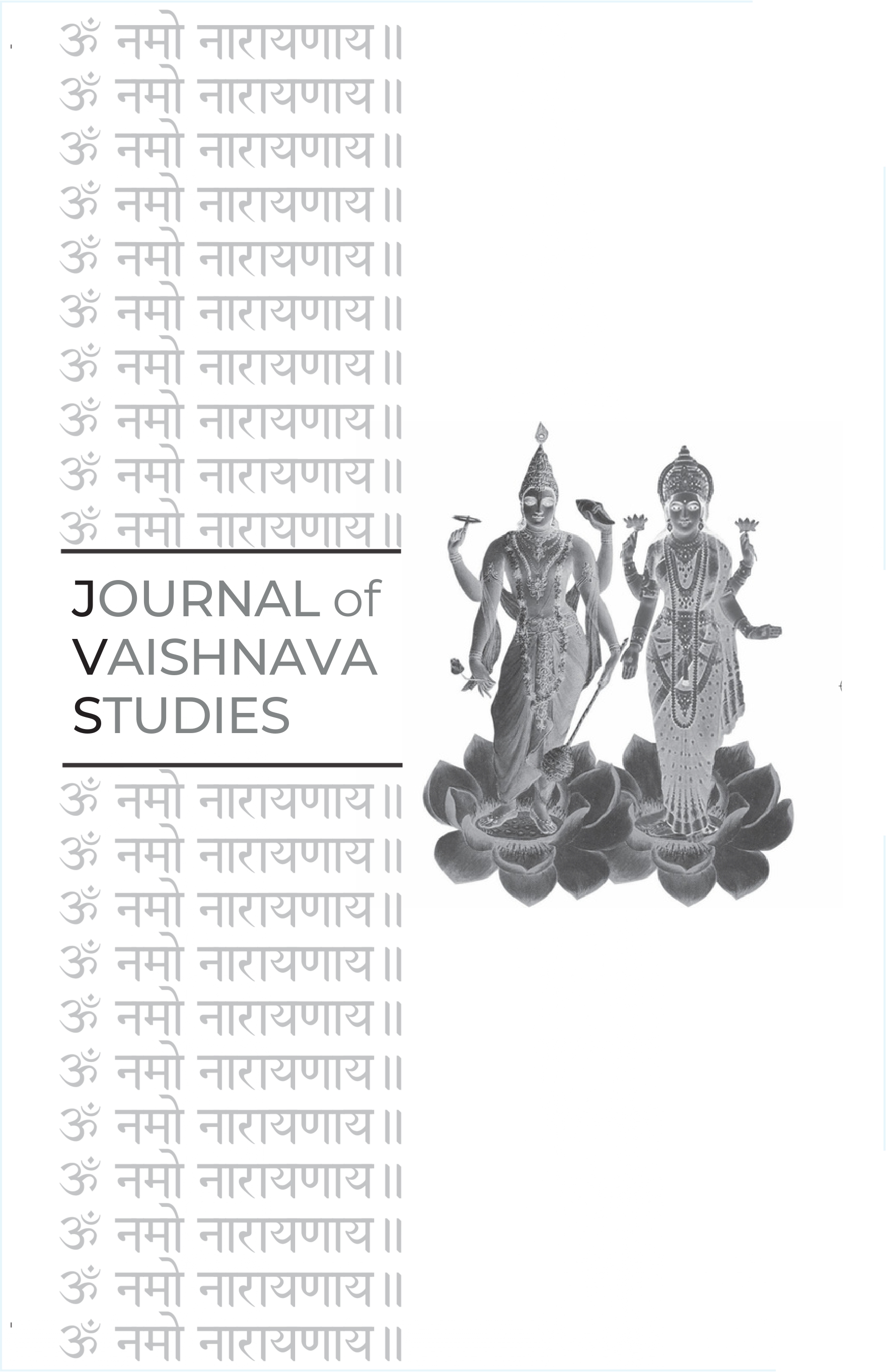To Emancipate, Empower, and Enrapture: The Bhagavadgītā’s Early Formulation of the Avatāra Doctrine
Keywords:
Bhagavadgita, avatara doctrine, Vaishnava theology, Krishna, purusha, bhakti, paramatman, divine manifestation, Hindu philosophyAbstract
In To Emancipate, Empower, and Enrapture, Gerald Surya examines the foundational articulation of avatāra theology in the Bhagavadgītā, despite the absence of the term avatāra itself. Through a close reading of the text and its later Vaiṣṇava commentarial traditions, Surya highlights how the Gītā anticipates and shapes key elements of the doctrine. He identifies three primary modes through which divine descent is understood: as a historical reformer enacting dharma, as an immanent presence within all beings, and as a theophanic figure who evokes devotional rapture. The article situates these manifestations within a broader theological framework that emphasizes progressive divine revelation and the accessibility of God to human experience. Surya concludes by analyzing the Gītā’s metaphysical distinction between mutable and immutable beings, positioning Kṛṣṇa as the transcendent source of all divine forms. Ultimately, the study underscores the Gītā’s vision of divine embodiment as a dynamic interplay of emancipation, empowerment, and ecstatic devotion.Published
2017-12-13
Issue
Section
Articles





